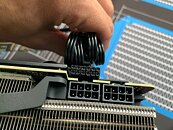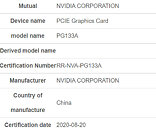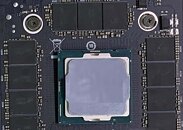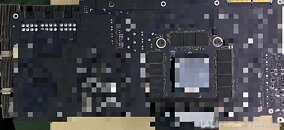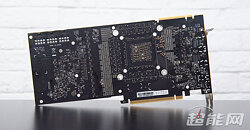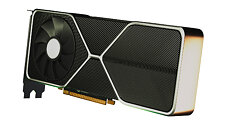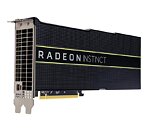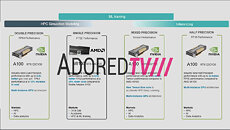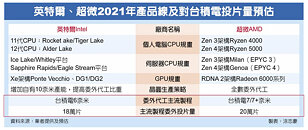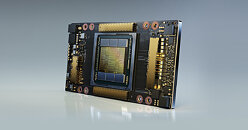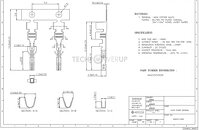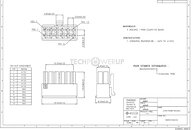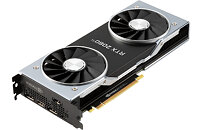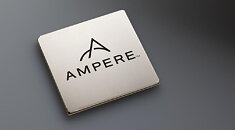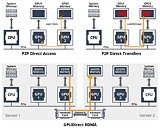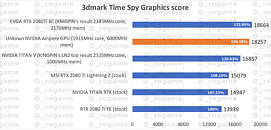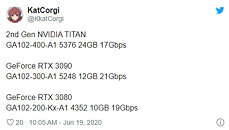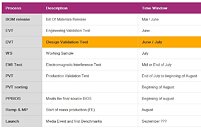
NVIDIA Ampere GA102-300-A1 GPU Die Pictured
Here's the first picture of an NVIDIA "Ampere" GA102 GPU die. This is the largest client-segment implementation of the "Ampere" architecture by NVIDIA, targeting the gaming (GeForce) and professional-visualization (Quadro) market segments. The "Ampere" architecture itself debuted earlier this year with the A100 Tensor Core scalar processor that's winning hearts and minds in the HPC community faster than ice cream on a dog day afternoon. There's no indication of die-size, but considering how tiny the 10.3 billion-transistor AMD "Navi 10" die is, the GA102 could come with a massive transistor count if its die is as big as that of the TU102. The GPU in the picture is also a qualification sample, and was probably pictured off a prototype graphics card. Powering the GeForce RTX 3090, the GA102-300 is expected to feature a CUDA core count of 5,248. According to VideoCardz, there's a higher trim of this silicon, the GA102-400, which could make it to NVIDIA's next halo product under the TITAN brand.

